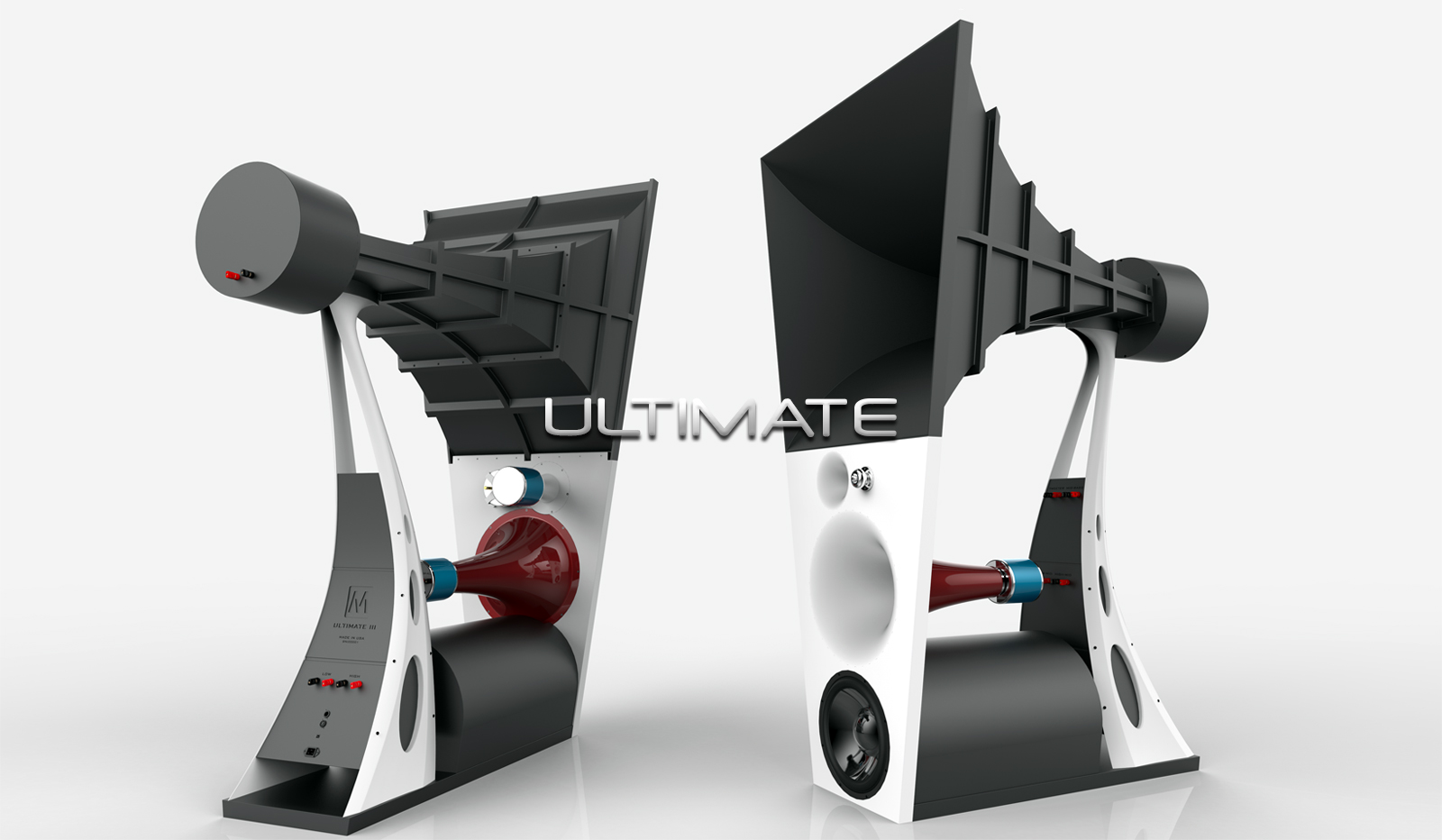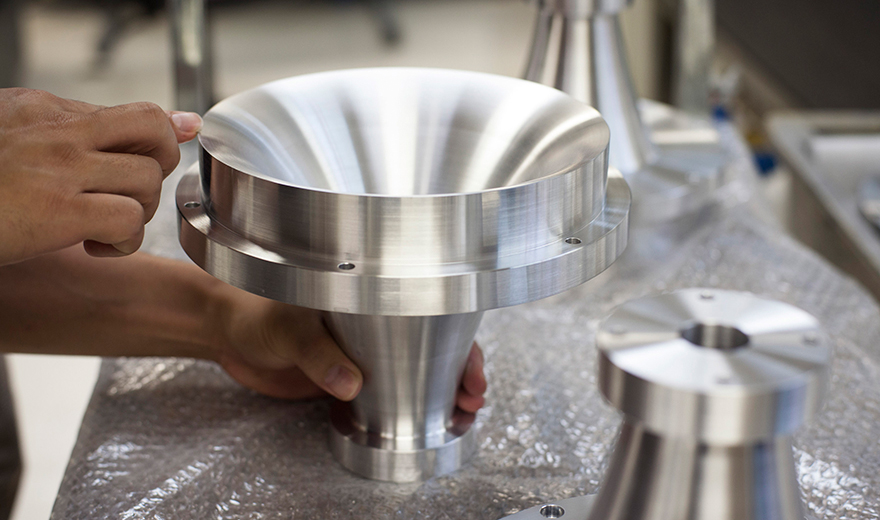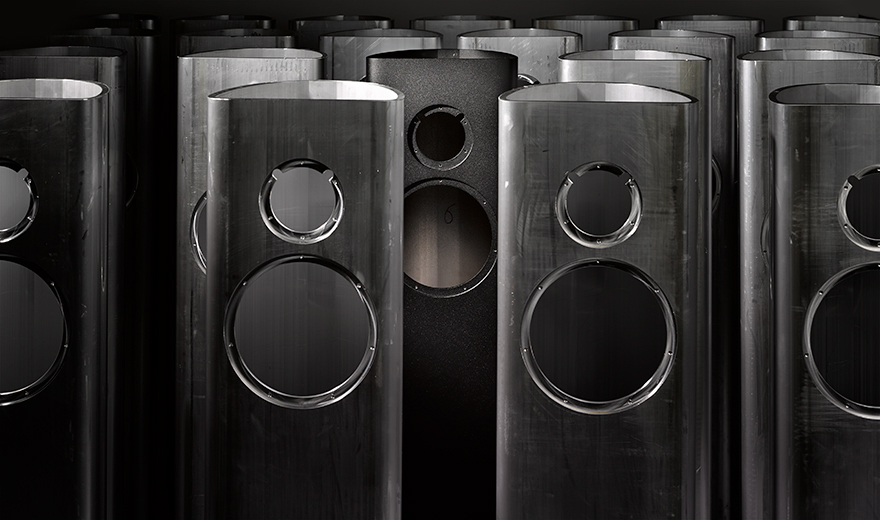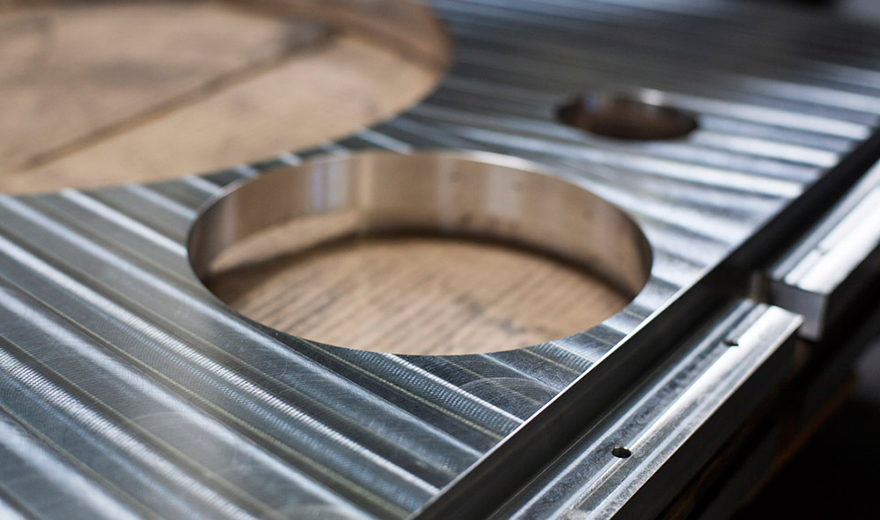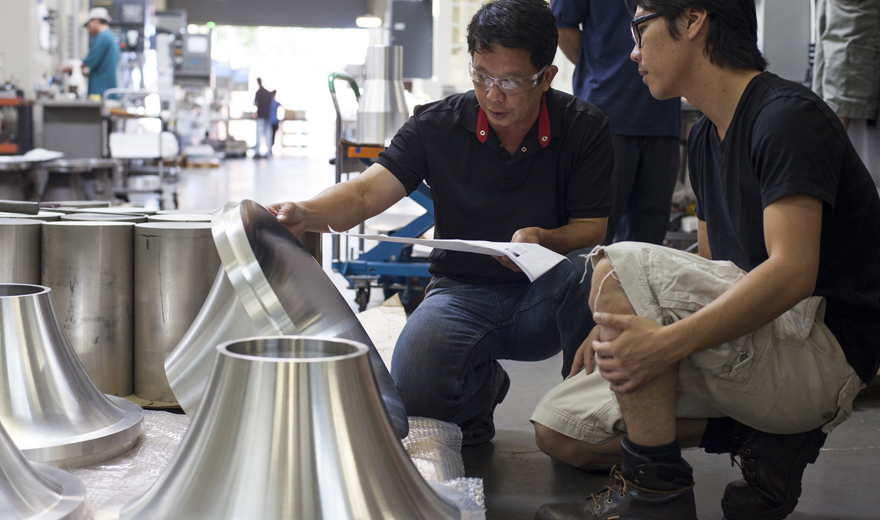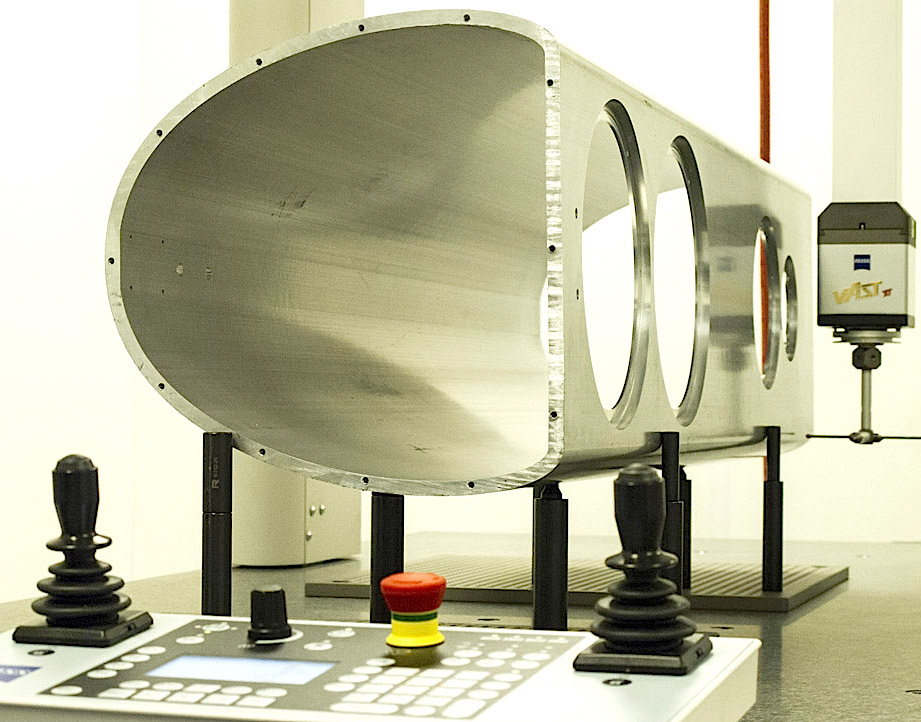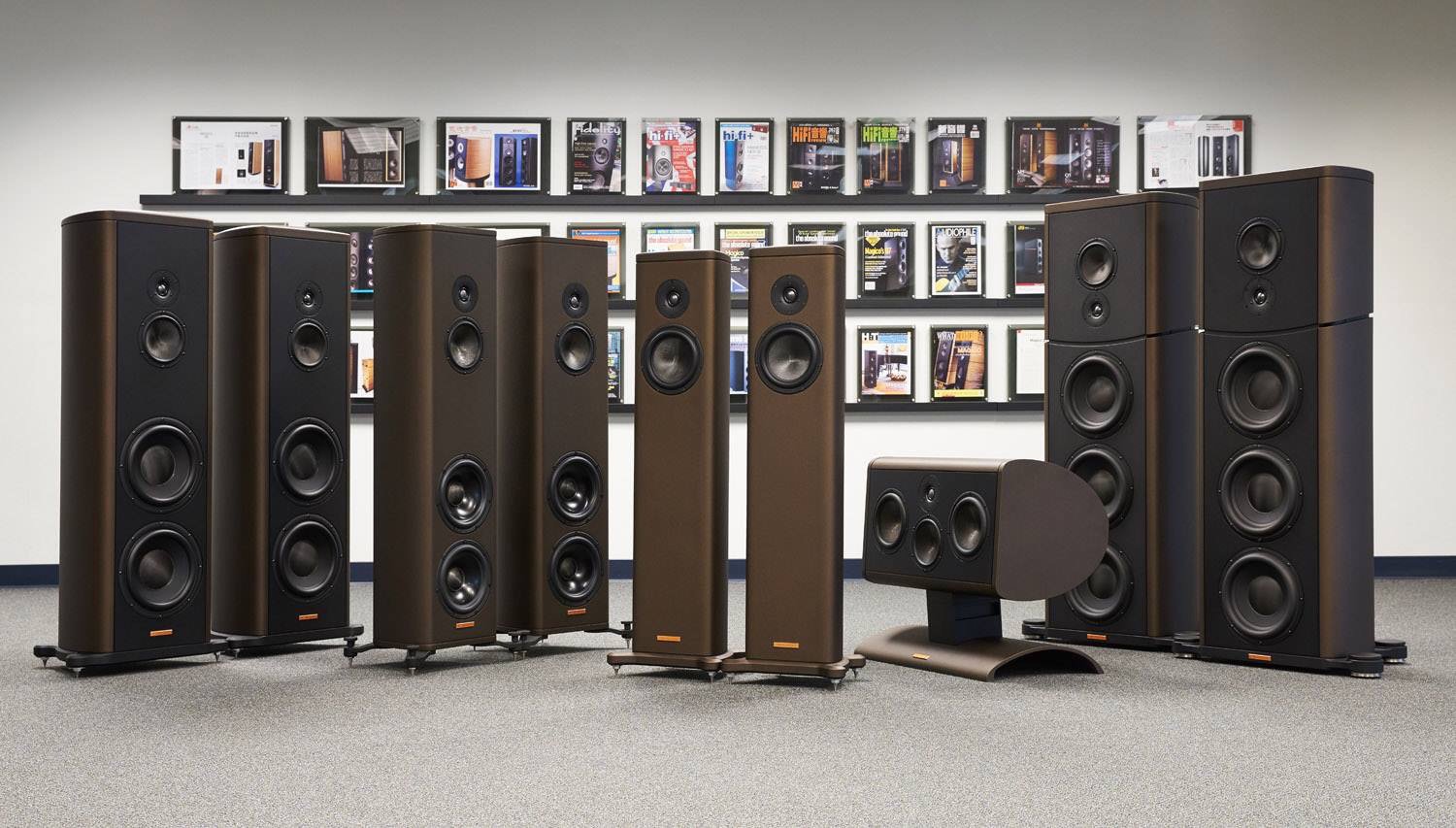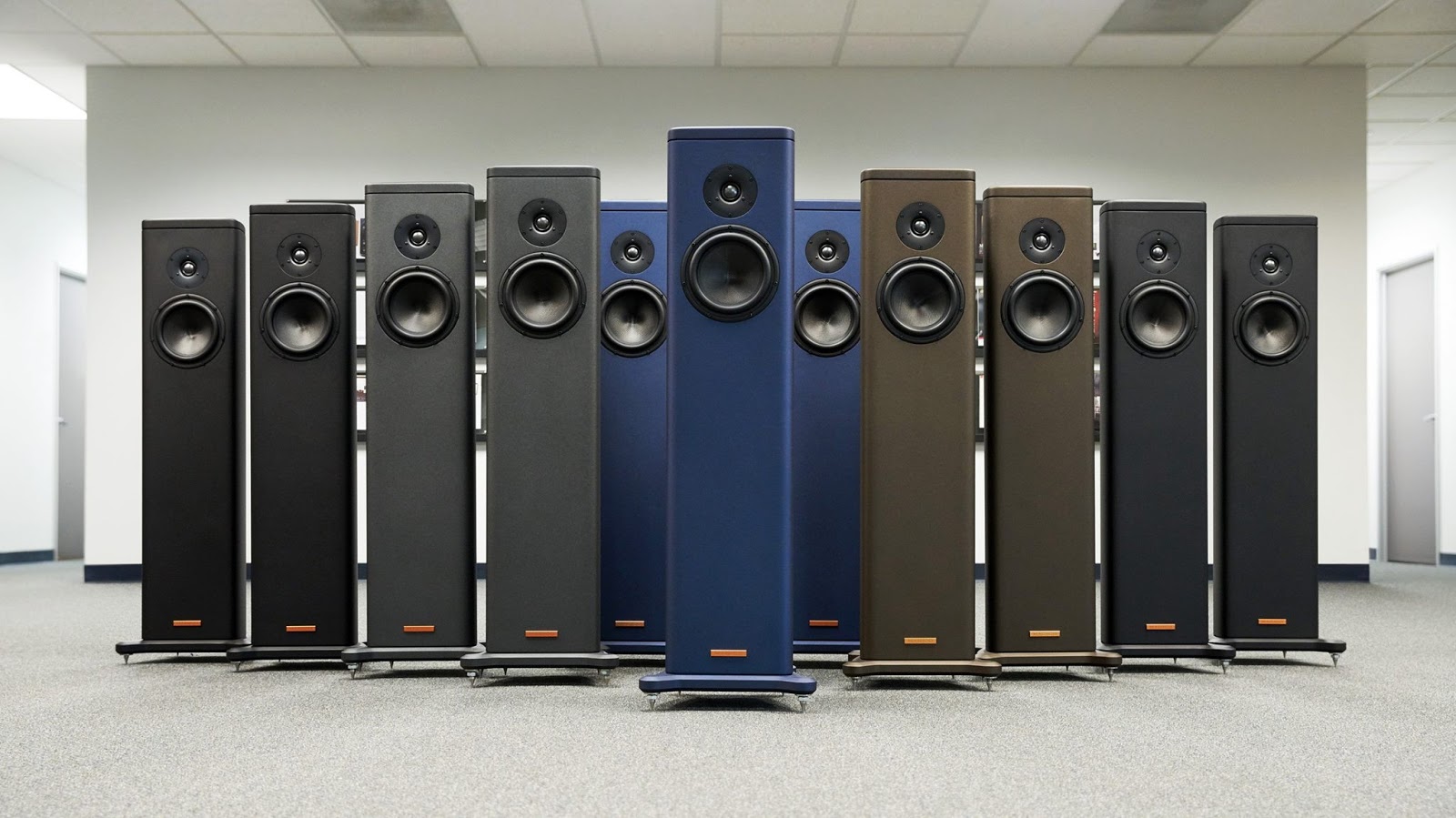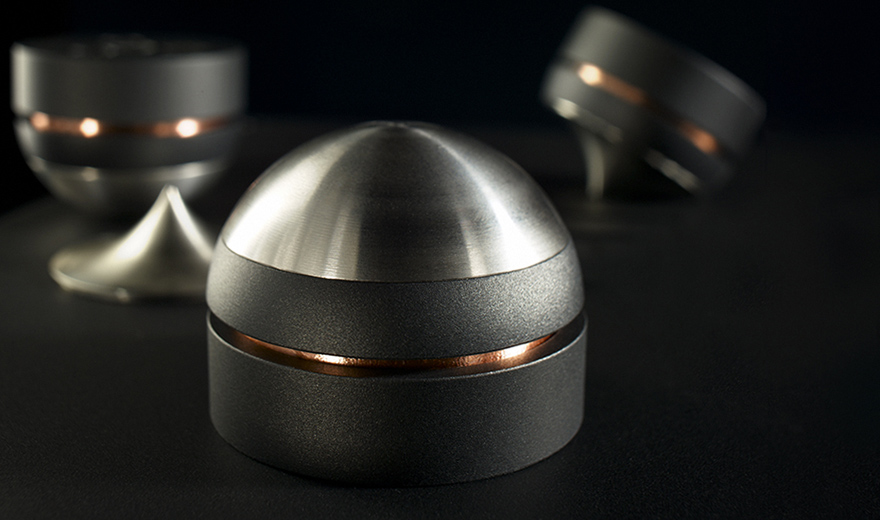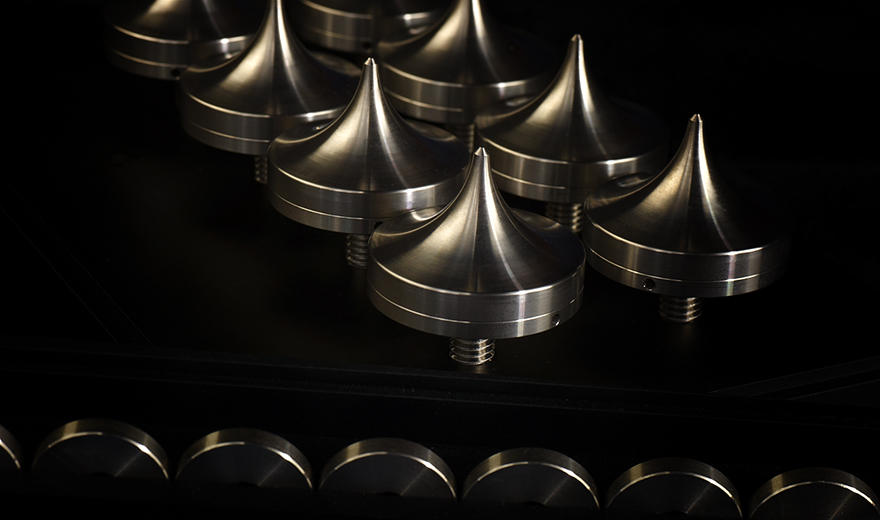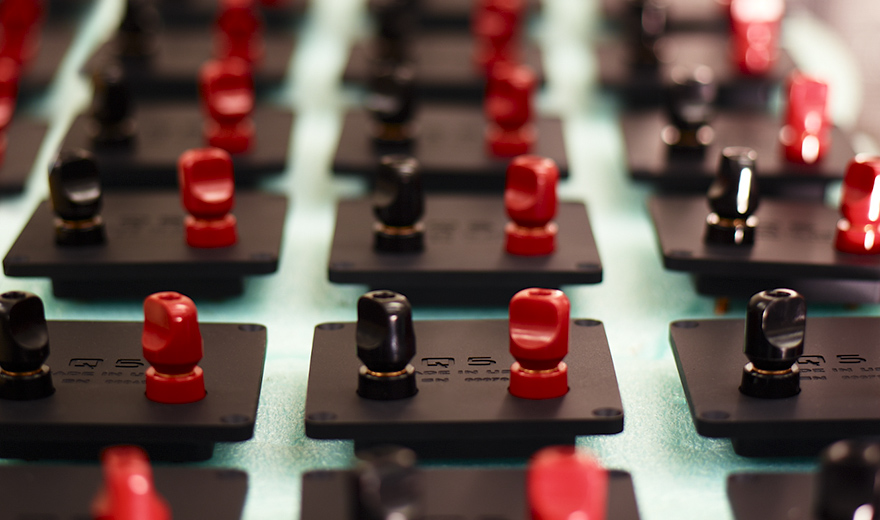- AUDIO ONE-TO-ONE Call Now: 210-805-9927
- Contact
- Register
- My Account
MAGICO Loudspeakers - Technically Advanced, Musically Satisfying

MAGICO loudspeakers employ an impressive array of esoteric materials and advanced manufacturing processes to craft speakers that are both incredibly accurate and immensely involving on an emotional level.
I have yet to hear a speaker that captures more of the subtly and nuance of the recording while at the same time conveying the intent and emotion of the music.
Simply put, MAGICO speakers communicate the musical event without addition or subtraction of information – exactly what a speaker should do.
I want to explore what, for me, is just one (of many) important aspects of performance that makes these speakers so special.
Using MAGICO’s own writings as a basis, and mixing in my own thoughts, we’ll delve into the unique processes and technologies MAGICO skillfully employs to create such remarkable loudspeakers. – Galen Carol
Shhh!
“Silence” can be one of the most important attributes a speaker can possess, and one that is exceedingly rare. I guess you could say it’s what you don’t hear that makes a speaker so special. The ability to accurately reproduce silence, or, more correctly, the space between the notes, is something that very, very few speakers can pull off - the MAGICO’S do this in spectacular fashion.
“The music is not in the notes, but in the silence between.” Wolfgang Amadeus Mozart
Although every last part and parcel of a loudspeaker can contribute (or negate) this fleeting ability, there are two components that are, undoubtedly, critical to the feat; the drivers and the enclosure.
First, the ability of the drivers to start and stop rapidly (it’s the stopping part that’s important here) is supremely important. Second, elimination of cabinet resonance is of crucial import, and something not so simple to control. I think MAGICO speakers truly excel on both counts.
MAGICO Enclosures -
Place your hand on a speaker enclosure during play, and you’ll feel it vibrating. This creates sound waves that are re-radiated into the room. Though these emanations may not be perceived independently, they certainly do contribute, in a negative way, to the full sonic picture.
Resonances in the body of a musical instrument are an essential part of defining its nature and quality.
The opposite is true of a loudspeaker.
Cabinet panel resonances are a significant cause of sound coloration. Heavy bracing of a typical MDF enclosure can help reduce enclosure flex but at the cost of increased energy storage and damping factor. Although a welcome attribute for midrange output, over damping is detrimental to bass performance (high energy storage, low wide Q, and low resonances).
MAGICO has spent many years developing an enclosure system that successfully balances the three elements that constitute a proper loudspeaker enclosure: stiffness, mass, and damping.
No singular material can satisfy all of the properties desirable in a loudspeaker enclosure.
As stiffness increases, moving from MDF to phenolic resin to aluminum, cabinet vibrations are drastically reduced, although a sharpened Q of the resonance results in an audible ring. By damping the high Q resonance via elaborate constrained layer damping, MAGICO eliminates energy storage and audible resonance from their enclosures.
MAGICO pioneered the use of aluminum in loudspeakers design. They built the first aluminum enclosure back in 1994 and have never looked back. Extremely stiff yet easy to damp, a properly designed aluminum enclosure is the ideal platform for high-performance loudspeakers. So inert, the enclosures have no discernible coloration of their own-allowing the drivers to operate with the utmost clarity and dynamics. Though costly to implement, the use of aluminum plays a vital role in MAGICO’s design philosophy.
The result is the most well-adapted loudspeaker enclosure ever built.
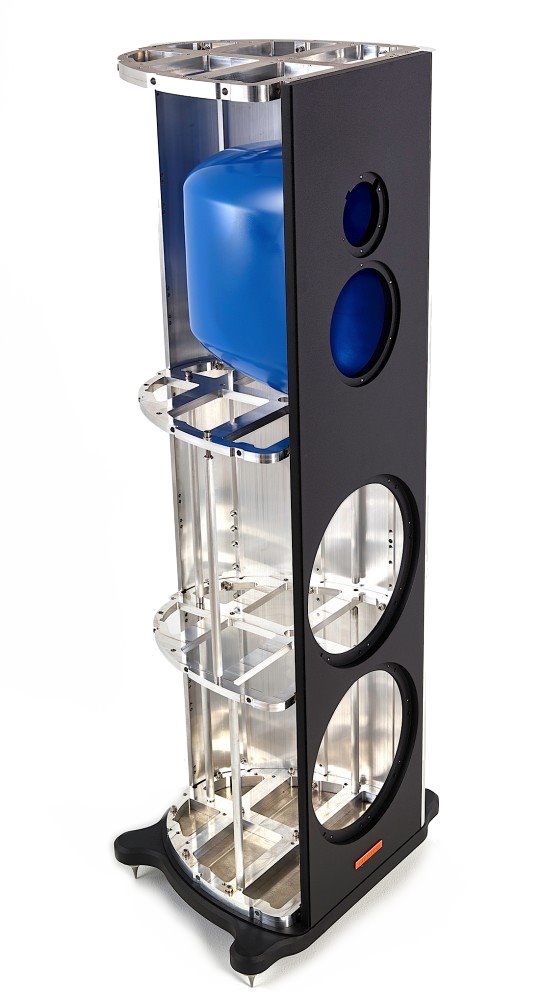
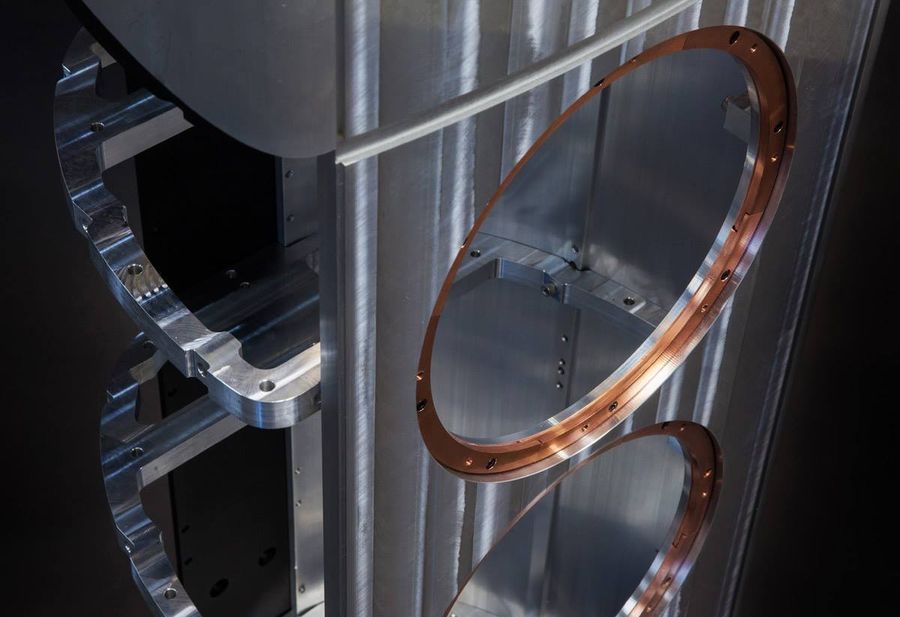
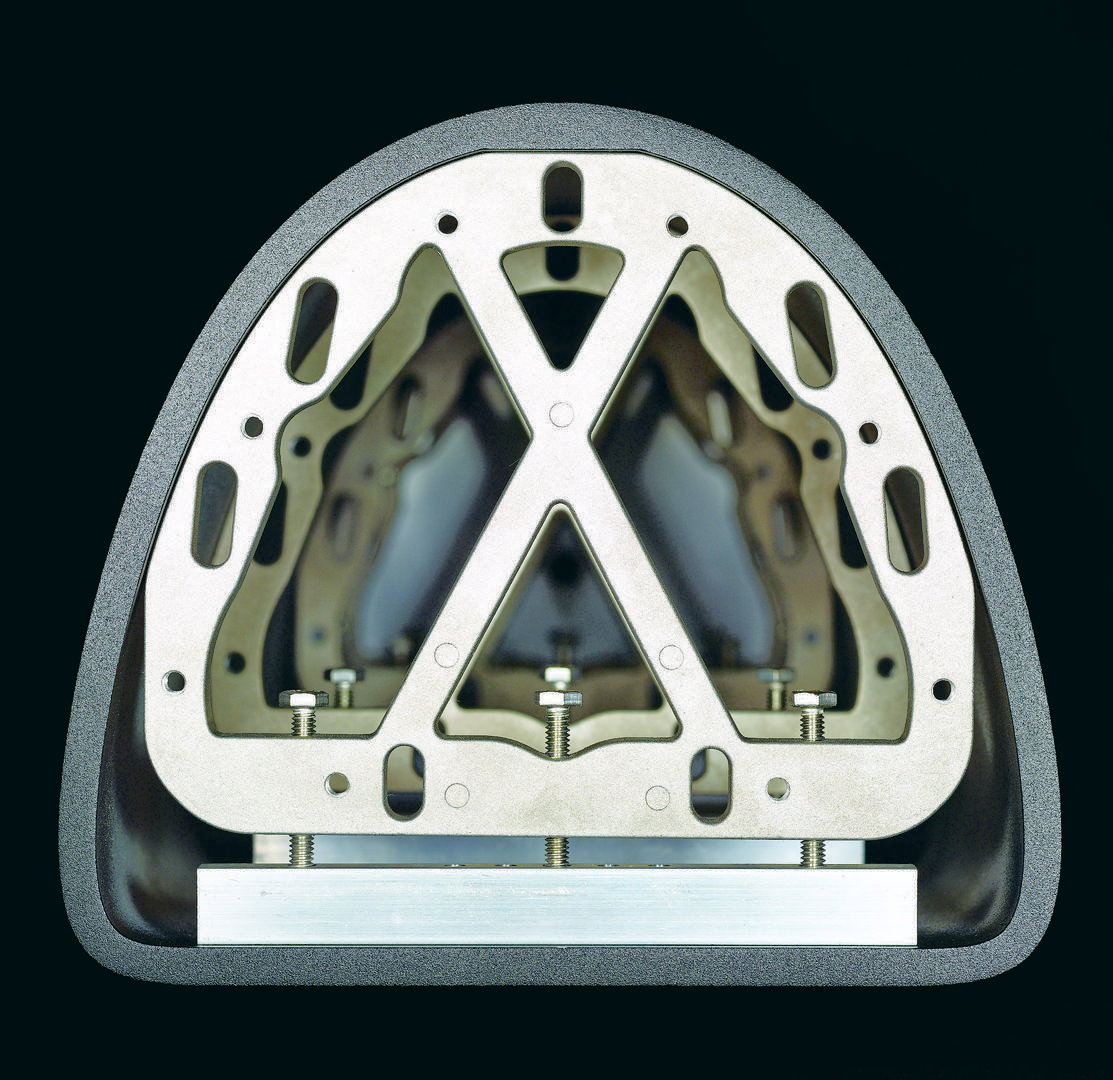
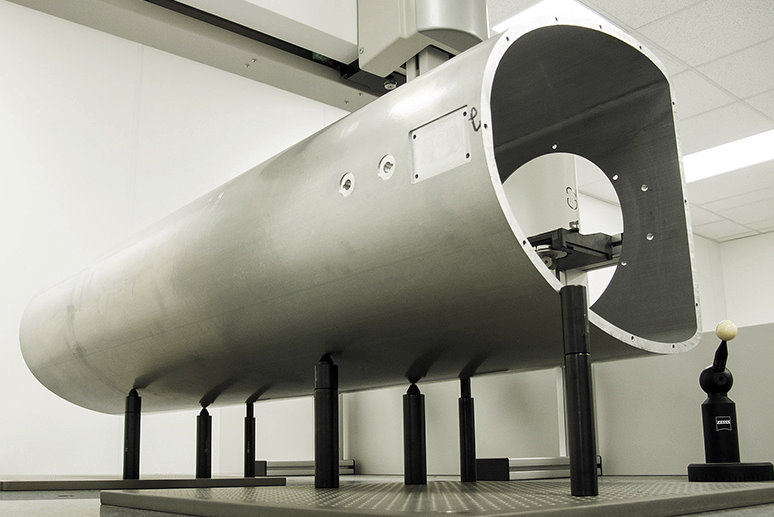
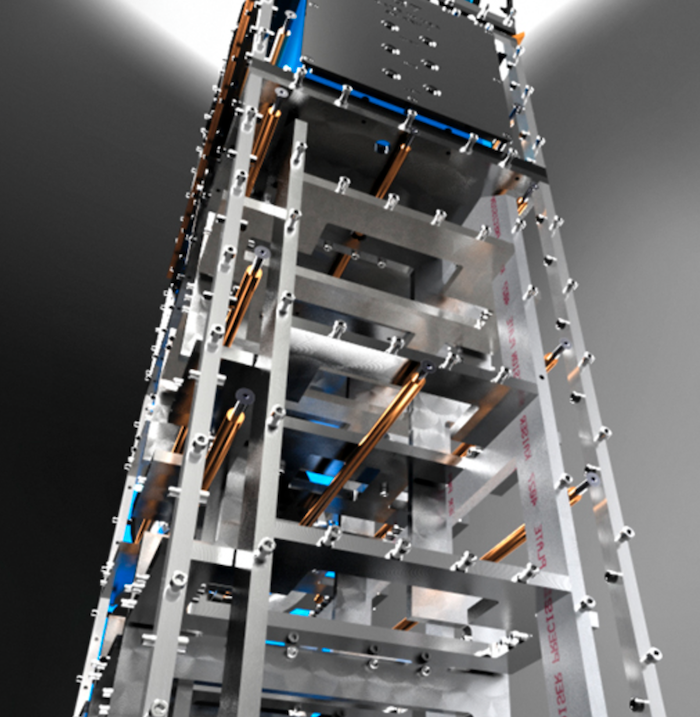
Drivers, without question, are the heart and soul of a loudspeaker.
The ability of a cone or diaphragm to stop and start rapidly determines defines the dynamic envelope -
The ability to cease motion defines the space between notes.
MAGICO drivers -
MAGICO is one of a handful of high-end loudspeakers companies who develop and manufacture their own drivers. The ability to have full control over all the unique functionalities and parameters, allow them to build complete systems without the typical compromises many high-end loudspeaker manufacturers have to make.
MAGICO’s recent advances in break-up mode control of Beryllium diaphragms, combined with their proprietary MR-1™ motor system, led to the development of the superb MBe-1 tweeter. The result is a tweeter with significantly wider extension, lower distortion, and greater power handling than anything available on the market today.
The company’s Nano-Tec® drivers are the world’s first transducers that use carbon nanotubes in their cone construction. The Nano-Tec® cones exhibit extraordinary strength and are also an efficient heat conductor. Their outer carbon skins are made of one of the strongest and stiffest materials known, both in terms of tensile strength and elastic modulus respectively. Consequently, these cones operate as perfect pistons throughout their entire operating range.
Graphene, of course, is the wonder material that’s a hundred times stronger than steel, harder than diamond, very efficiently conducts heat and electricity, yet comprises a layer of carbon only a single atom thick. Magico further stiffens the Nano-Tec® cones by depositing multiple layers of graphene atop the base of carbon fiber; this results in radiating diaphragms about 300% stiffer than plain carbon fiber while adding to them virtually no mass.
A multi-walled carbon Nano-Tec® outer skin has a tensile strength of 63 GPa.
In comparison, high-carbon steel has a tensile strength of approximately 1.2 GPa.
The result is a cone that displays bending strength, self-damping, and attenuation of ringing that are all an order of magnitude, or more, higher than that of conventionally manufactured cones.
MAGICO’s robust, under-hung motor system, comprising a 75 mm titanium voice coil and a radical neodymium SD magnet system, reduces distortion levels to a fraction of those found in even the best commercially available alternatives.
A 0.15" thick, 4.9” diameter copper sleeve encapsulates the entire voice coil gap. It decreases the inductance from a typical 3.0 mH on a 5” voice coil to less than 0.3 mH at 1 kHz! This feature substantially reduces the driver’s non-linear and intermodulation distortion while increasing its overload-handling capability.
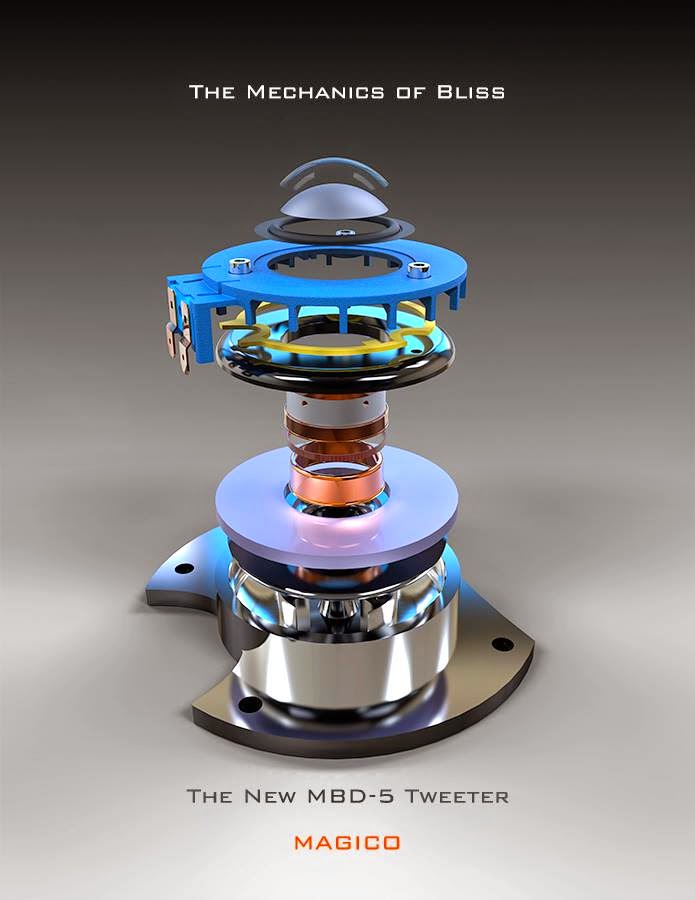
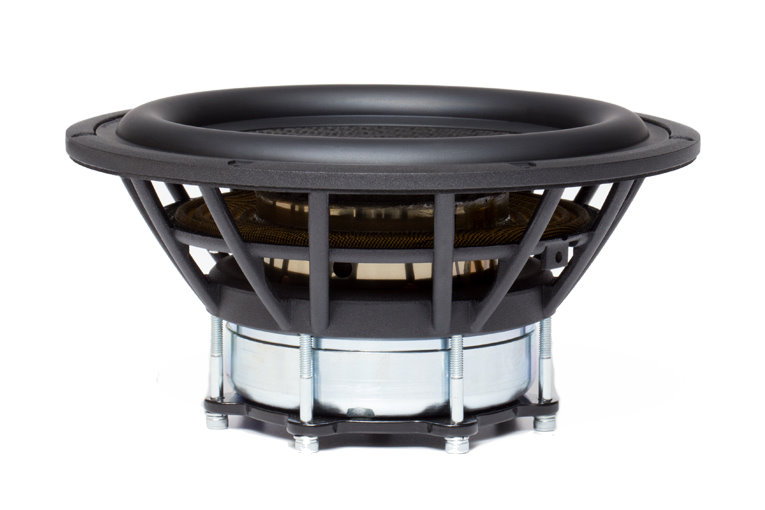
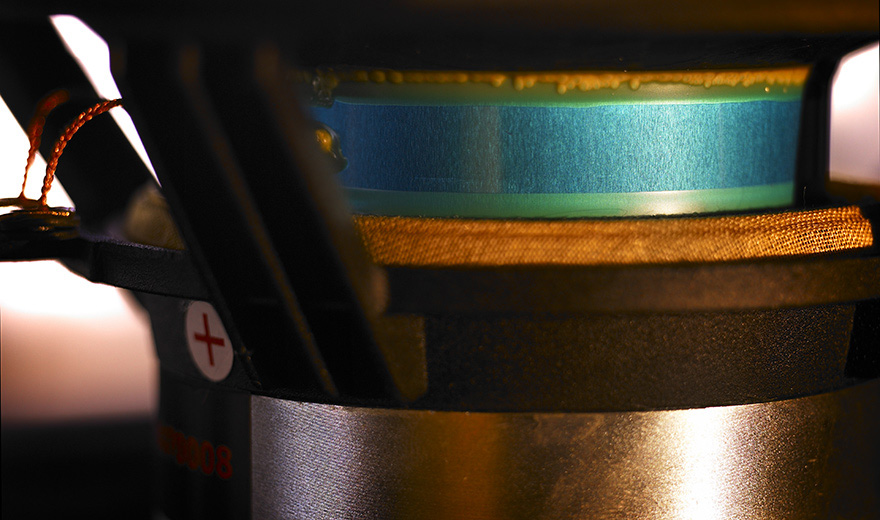
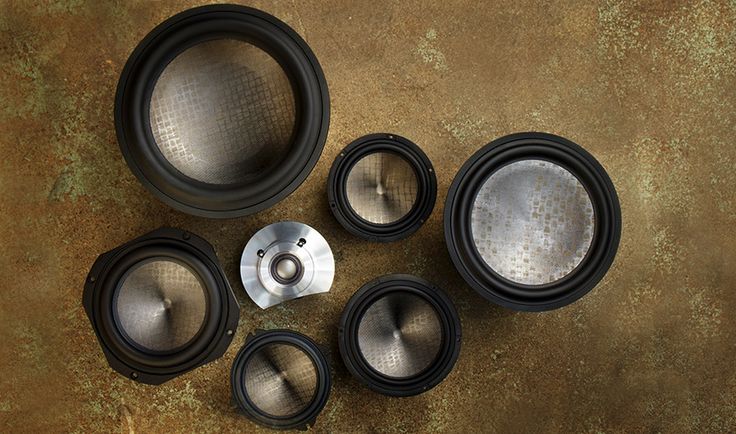
Reading through MAGICO’s fascinating back story and technical literature, it’s clear that there are more pieces to the puzzle than simply the mechanical aspects of the design (drivers and enclosures) which I’ve touched on.
That leads us to their crossover technology.
MAGICO Crossovers -
Elliptical Symmetry Crossover (ESXO) produces a filter with greatly accelerated roll-off slopes. It uses a very specific notch response to achieve an acutely steep roll-off rate outside the passband without the addition of an electric pole. It is a unique type of electrical/acoustical filter that offers a significant performance advantage over typical crossover filter types in audio applications.
Since MAGICO are also able to precisely model the transfer function of each driver, they can create roll-off rates, both high and low pass, that are completely symmetrical.
MAGICO loudspeakers’ mechanical and electrical features are all designed and developed using the latest CAD tools available. MAGICO even writes their own software to help emulate the performance of their crossovers in real time.
All crossover components are made by the Raimund Mundford Company in Cologne, Germany. The outstanding sonic performance of the MCap, MCap-Supreme, and MCap-Supreme Silver, Gold and oil capacitors is achieved through a unique combination of advanced technologies - most notably “induction-free winding,” whereby two capacitor windings are interleaved so that their inductances are effectively canceled.
The inductors are made with extremely pure oxygen-free copper foil and constructed so that the windings are directly on top of one another, bringing them significantly closer to the theoretical electrical ideal.
Recorded music is a rapidly changing signal in which electrical current constantly fluctuates in a non-uniform manner. In a typical passive resistor, a substantial amount of heat can form as that current flows through the resistor, raising the temperature of various elements within the resistor, causing different attenuations (resistance) across various signal levels. To counter this undesired effect, the Q5 will have the first custom-made Bulk Metal Foil resistor designed specifically for use in a loudspeaker crossover network.
A low-temperature coefficient of resistance, ±2 ppm/°C, results in virtually constant resistance at any frequency and voltage. Due to their unique construction, these unique resistors also settle into their steady resistance value and stabilize more than 50 times faster than any other resistor on the market today.
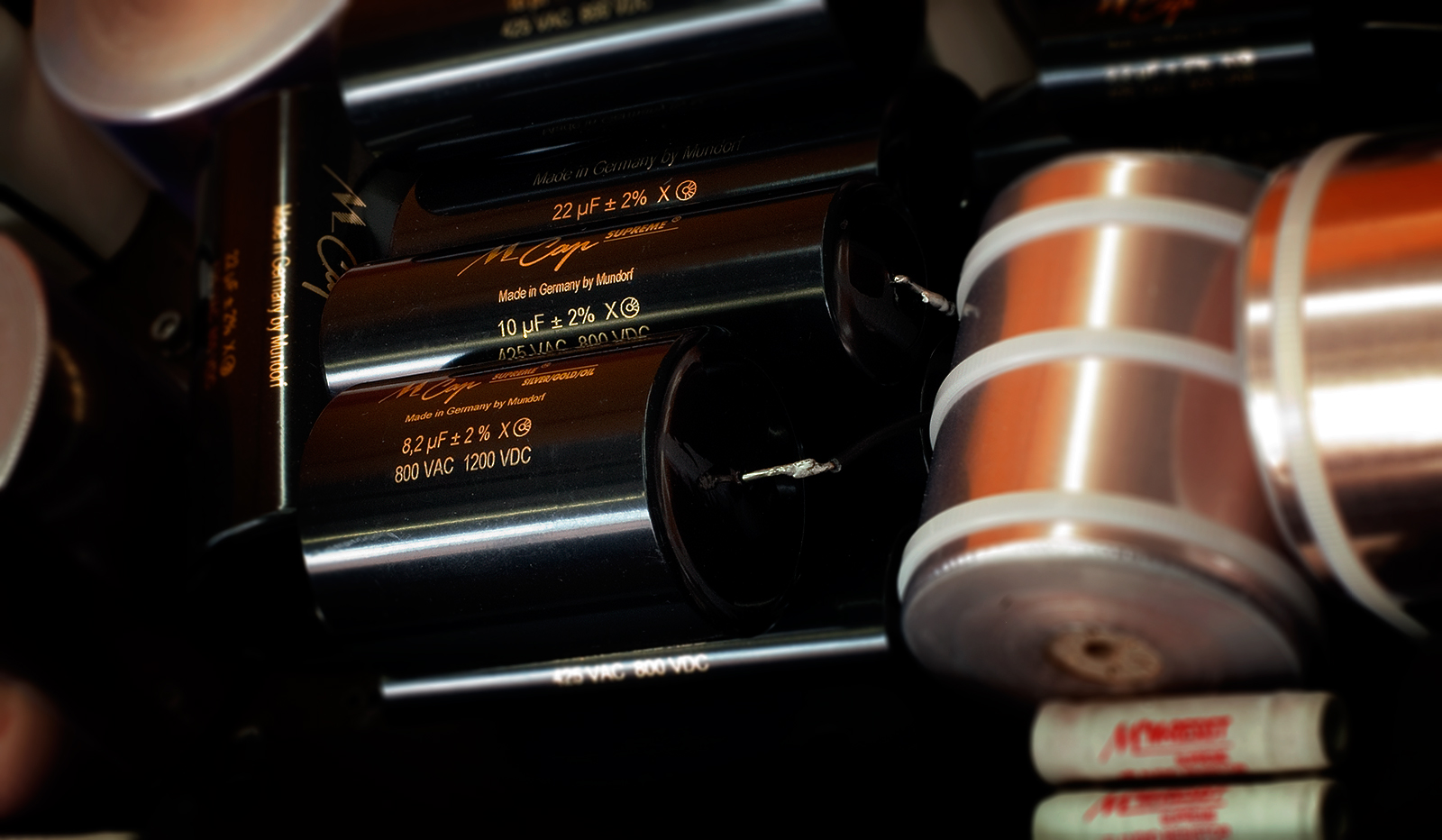
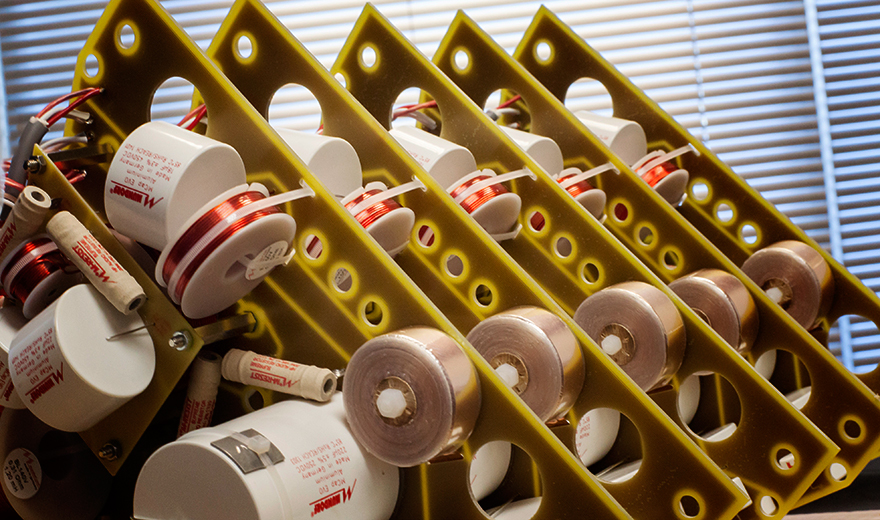
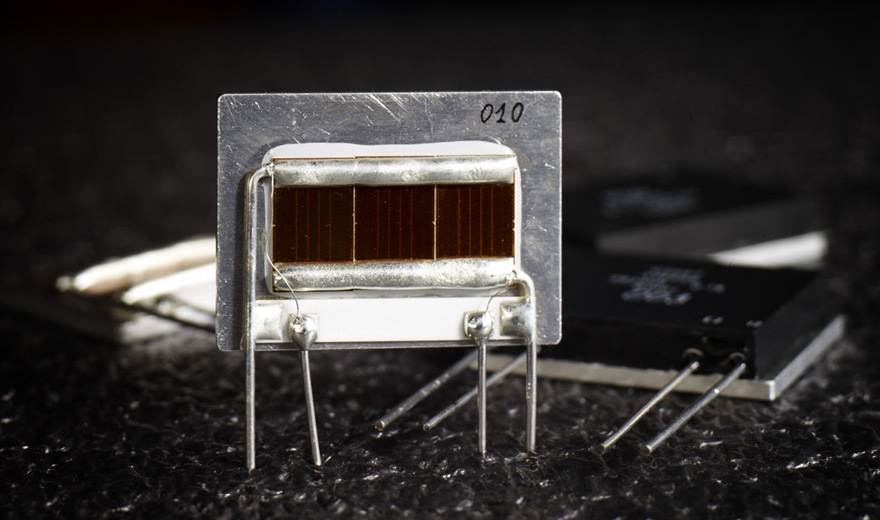
Conclusion -
The MAGICO story only begins with the technical elements noted here. It is their attention to detail and relentless pursuit of the best attainable technology that defines MAGICO. Beyond the inner workings of a product, which may be interesting on a technical level, at the end of the day it’s simply the ability of a component to produce a satisfying musical experience that is important. To my ears, MAGICO scores big on that account.
The ultimate compliment for any speaker (or other audio product for that matter) is that it draws you into the music, making you want to listen more. While some speakers reach out and grab you on first listen (and these designs, I’ve found, can become fatiguing rather quickly), MAGICO speakers seductively pull you in for more. It’s the total lack of grain, the ability to uncover layer upon layer of subtle detail, the pristine clarity - oh my - it’s simply sublime in every aspect of reproduction.

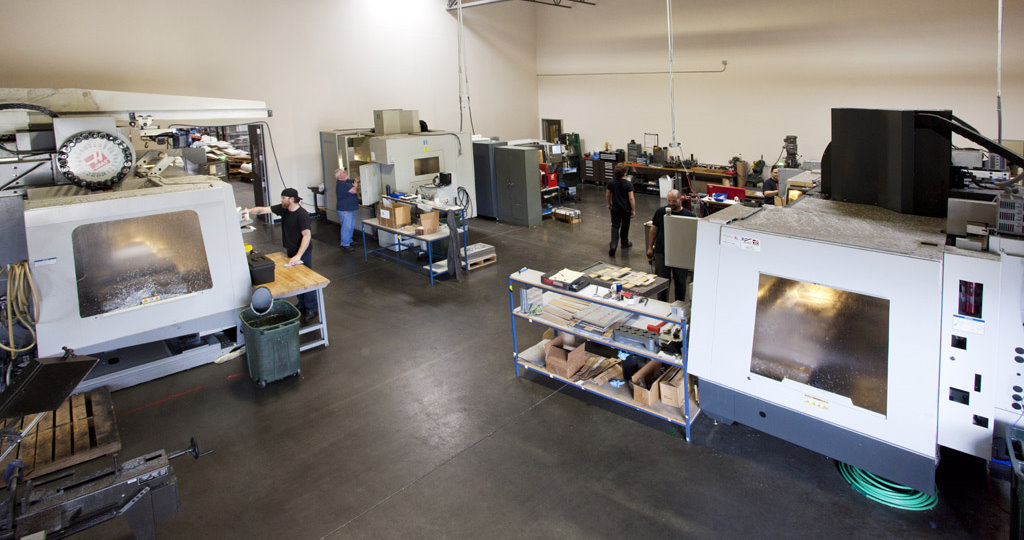
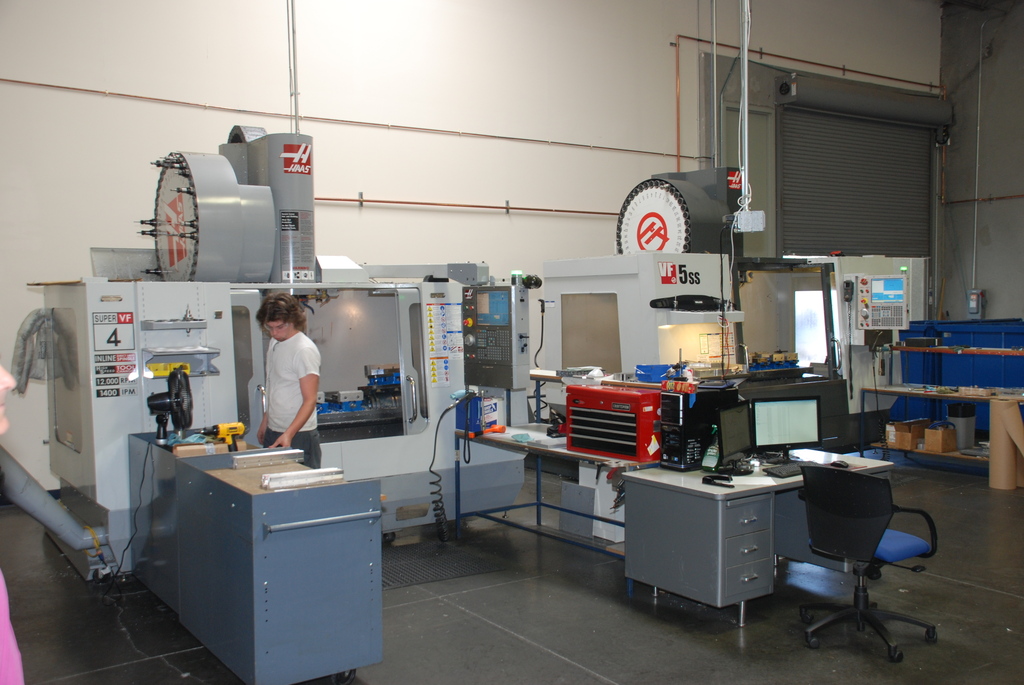
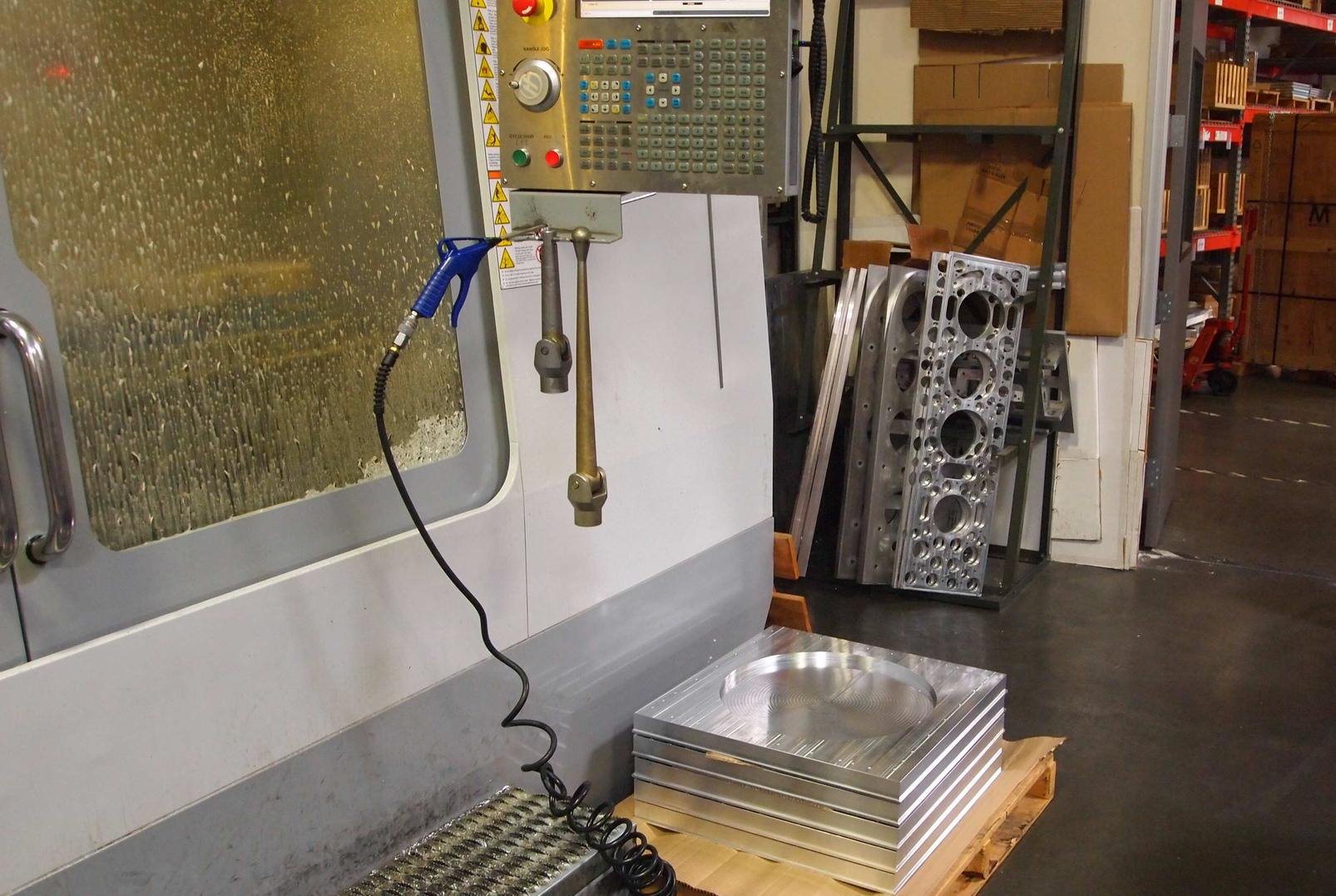
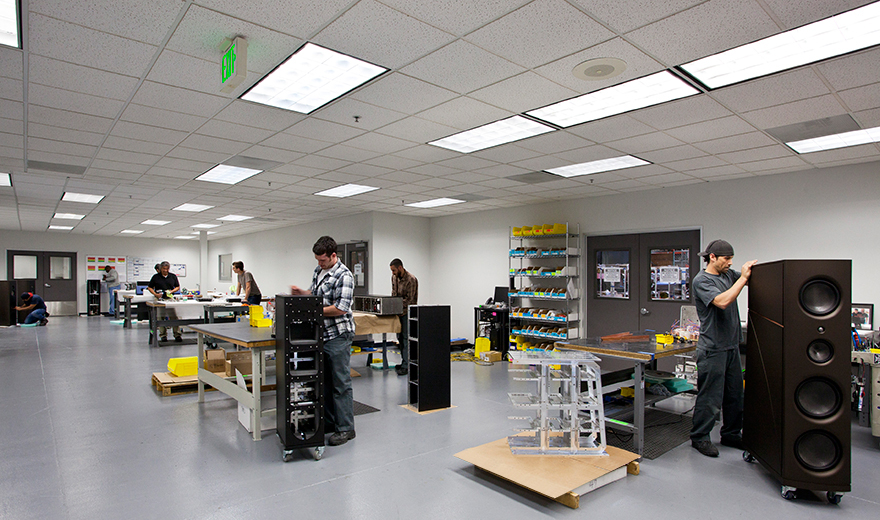
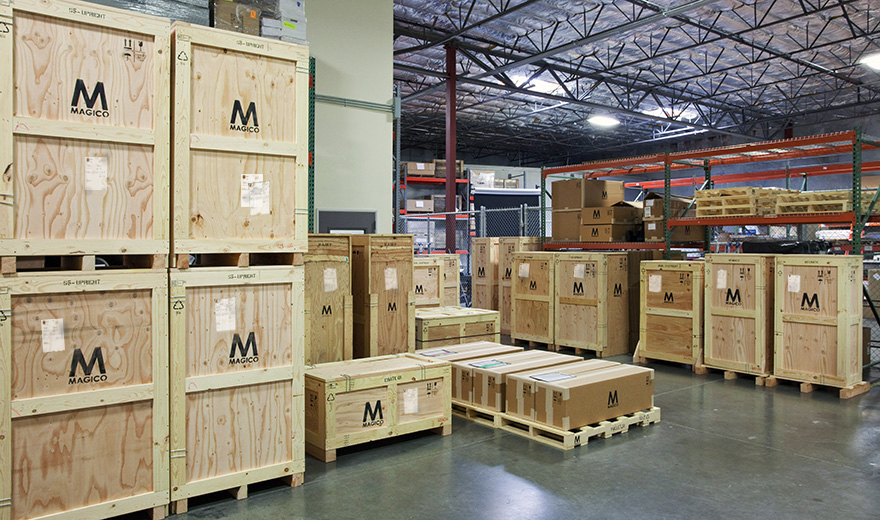
Video - How to Build a Magico Loudspeaker
The Accolades -
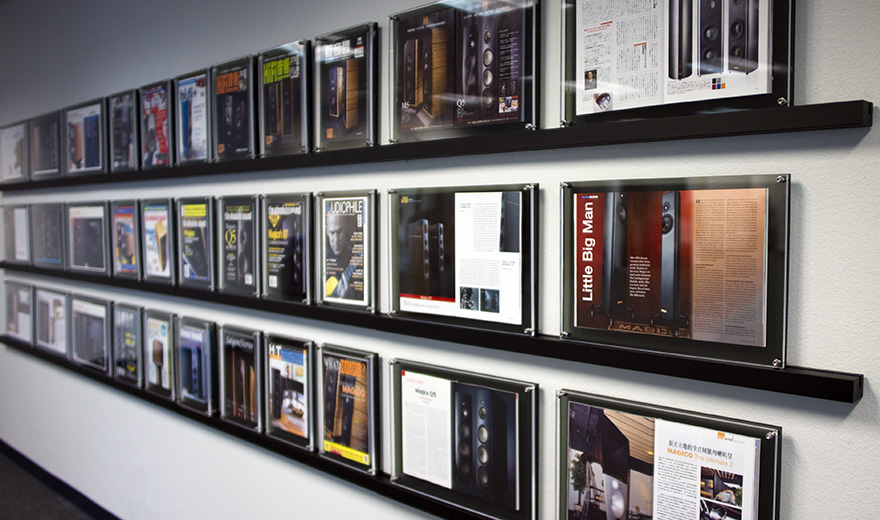
REVIEWS:
Hi-Fi Plus: “…Quite simply the best sound I have ever heard from audio, not just in a show… but everywhere.” – Alan Sircom
Stereophile: “The Magico Q5 sets new standards in many areas of speaker performance – transparency, resolution of low-level detail, and freedom from boxy colorations – the Q5’s overall freedom from obvious colorations and mechanical artifacts and its audible lack of “box” put it in a league of its own, in my experience.” – Michael Fremer
2016
HiFi+ Loudspeaker of the Year: M3
The Absolute Sound Loudspeaker of the Year: S7
The Absolute Sound GOLDEN EAR AWARDS 2016: Magico M Pro
The Absolute Sound GOLDEN EAR AWARDS: S7
Positive Feedback Writers' Choice Awards: S5 MkII
2015
Audio Art Best Performance of the Year: Q7
The Absolute Sound Golden Ear Award: Q7MkII, M-Project, S5
Sound Stage Network Product of the Year Hall of Fame: Q7 MkII
Stereo Sound Japan Grand Prix Award: S7
HiFi+ Product of the Year (Floorstanding Loudspeaker): S5
2014
Stereo Sound Japan Grand Prix Award: S3
Audio Art Best Value of the Year: S1
The Absolute Sound Loudspeaker of the Year: S5
Positive Feedback Online Writer's Choice Awards: S5
2013
Stereo Sound Japan Grand Prix Golden Sound Award: Q7
Sound Stage Network Product of the Year, Outstanding Performance: S5
2012
The Absolute Sound Overall Product of the Year: Q7
Ultra Audio TWBAS: Q7
Ultra Audio Select Component: Q1
Hi-Fi News Critic Recommended Product Award: Q1
Stereo Sound Japan Grand Prix Award: S5
2011
The Absolute Sound Editor's Choice: V2
The Absolute Sound Editor's Choice: V3
The Absolute Sound Editor's Choice: Q5
HiFi Muzyka (Poland) Editor's Choice: V3
The Absolute Sound Golden Ear Award: Q5
Ultra Audio Select component: Q3
Hi-Fi News Outstanding Product: Q3
HiFi and Records (Germany) Editor's Choice 2011: V2
Stereophile Loudspeaker of the Year: Q5
CES Innovations Award Best of Innovations: Q5
Soundstage Network 2011 Outstanding Performance: Q3
Positive Feedback Writer's Choice: Best of the Best QPods
The Absolute Sound Overall Product of the Year: Q5
HI-FI News and Record Review Outstanding Product Of The Year Q3
2010
HIFI+ Product of the Year Awards 2010: Q5
Stereo Sound Magazine 2010 Grand Prix Award: Q5
The Absolute Sound Editor's Choice: M5
The Absolute Sound Editor's Choice: V2
The Absolute Sound Editor's Choice: V3
The Absolute Sound Editor's Choice: Mini II
2009
Stereo Sound Japan Grand Prix Award: V2
Haute Fidelite (France) V2
Haute Fidelite (France) V3
CES Innovations Awards Innovations Honoree: M5
Soundstage Reviewer's Choice: V2
Soundstage Product of the Year: V2
Super A/V Award (Hong Kong) M5
Super A/V Award (Hong Kong) V2
Stereophile Class A: V3
The Absolute Sound Editor's Choice: Mini II
The Absolute Sound Editor's Choice: V3
The Absolute Sound Editor's Choice: M5
The Absolute Sound Overall Product of the Year: M5
2008
Hi-Fi+ Product of the Year: V3
Stereoplay (Germany) New reference and highest scoring loudspeaker: V3
The Absolute Sound Editor's Choice: Mini II
The Absolute Sound Editor's Choice: V3
The Absolute Sound Golden Ear: V3
2007
The Absolute Sound Editor's Choice: Mini II
The Absolute Sound Golden Ear Award: Mini II
2006
Stereo Sound Japan Grand Prix Award: M6
Stereo Sound Japan Best Buy: Mini
The Absolute Sound Overall Product of the Year: Mini
The Absolute Sound Editor's Choice: Mini
2005
Stereo Sound Japan Grand Prix Award: Mini
Stereo Sound Japan Best Buy: Mini


